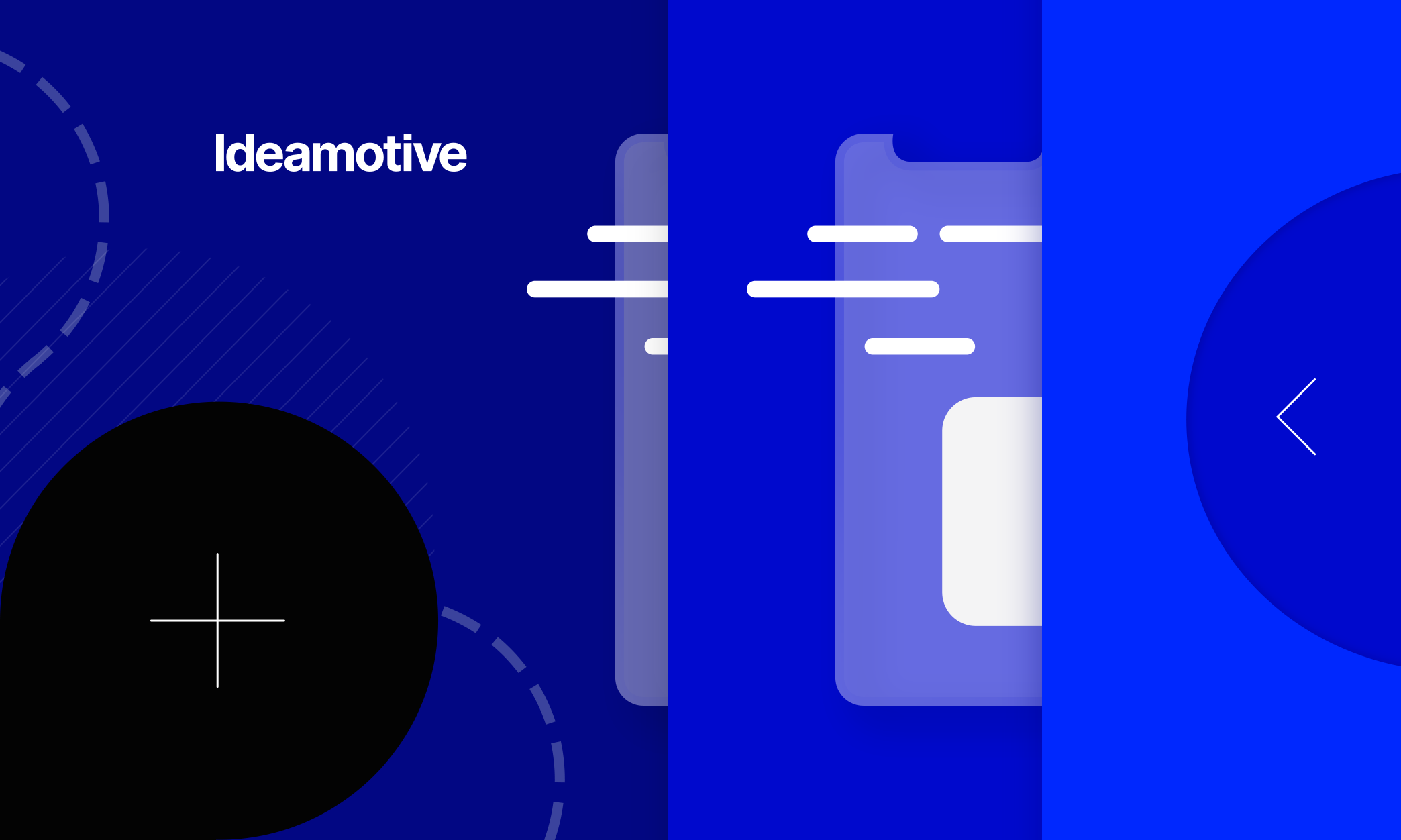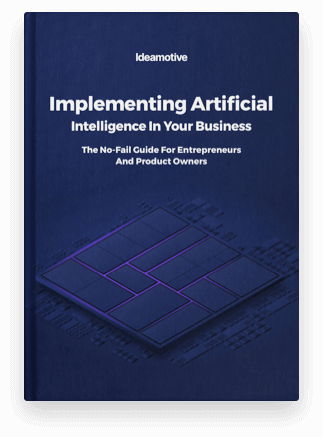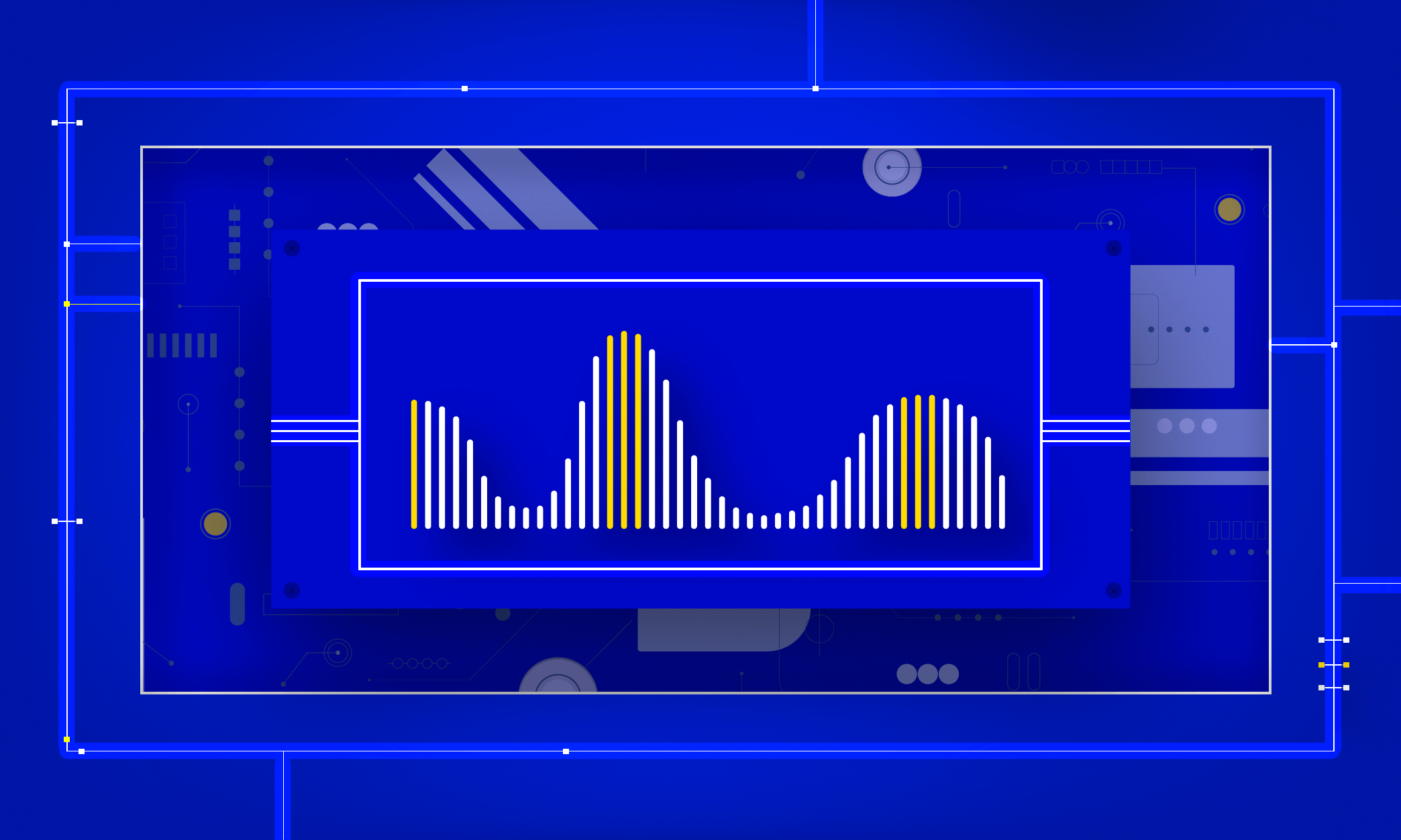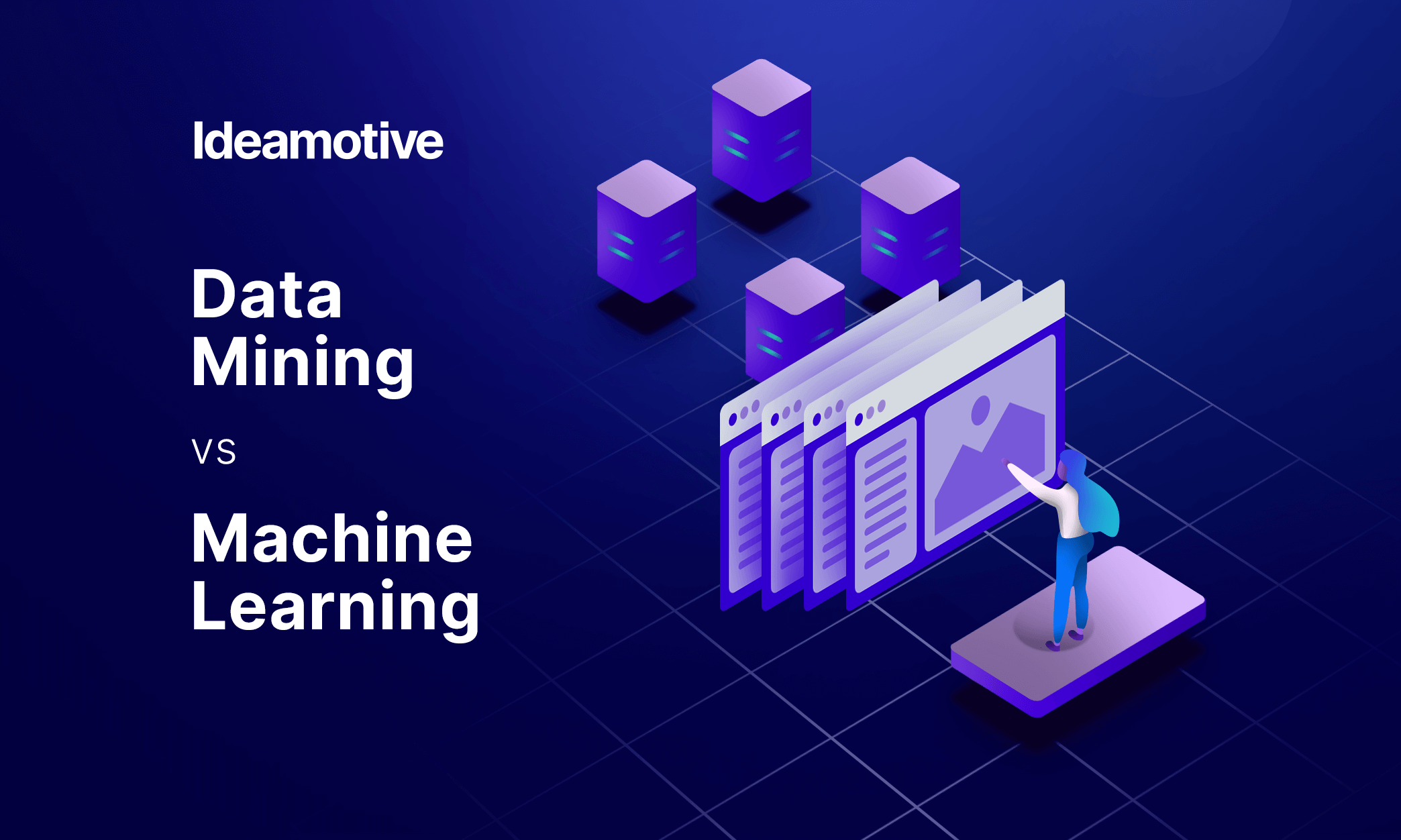When talking about business automation, people are inclined to think about machinery and robots. However, the essence is much deeper than it seems at the first glance. According to Gartner, by 2024, companies will decrease operational costs by 30 percent by combining hyper-automation technologies with redesigned operational processes.
Whereas humans act in sync with their intelligent minds and procedural apparatus, modern robotics have the same technological capabilities. Consequently, business process automation technology was developed thanks to Robotic Processing Automation (RPA) performing repetitive tasks, and powered by AI it has made a huge leap forward.
What is RPA? What are AI and ML? What is the difference between them and how can they be leveraged in business processes?
In this article, we will explore how these technologies are combined and how they work in a classic sense. Read on to discover the real cases of how RPA augmented with AI/ML brings significant value to business intelligence.
.png?width=1584&name=Python_%20The%20Definitive%20Business%20Guide%20-%20blog%20banner%201584x396%20(1).png)
What Is RPA?
Robotic Process Automation is automation technology that acts as a software engineered to recognize humans’ workflow patterns, handle ruled-based processes, and, ultimately, automate manual work. This technology is aimed at relieving repetitive tedious, high-volume, and time-consuming tasks.
With pre-built processes, RPA technology is process-driven which means your business can be streamlined via interconnected communications within digitized systems. Why does your business need to matter? RPA is the most effective tool for businesses to maximize efficiency, improve customer experience, and automate business workflows.
Robotic Process Automation capabilities allow the replication of complex human interactions and activities. RPA programs (bots) can do the following actions:
- Pull out structured or semi-structured data
- Connect to system APIs
- Fill out forms
- Move and copy files
- Open email and attachments
- Log into applications
- Automate data for integration of CRM and ERP applications
For instance, RPA is able to fulfill amazing things with invoice processing. Instead of manually retrieving and downloading the invoices, the RPA bot automates the manual parts of this work and creates a bill in accounting software. However, for a holistic and wholesome process, RPA needs ML algorithms to intelligently “read” the invoices. Therefore, to grasp all the differences and similarities of RPA, AI, and ML technologies let’s move forward to the next sections.
What Is AI?
Artificial intelligence simulates human intelligence and can make cognitive decisions. Unlike RPA that simply mimics human actions, AI is data-driven and outcome-focused. That means when there are large amounts of data that is unstructured, for example, AI algorithms can analyze information patterns based on time, place, etc. and correlate the data and manage appropriately. With cognitive capabilities, artificial intelligence augments any form of automation and is geared to carry out more complex, decision-driven tasks. Among popular AI applications there are:
- Image recognition
- Speech recognition
- Natural language generation
- Sentiment analysis
- Chatbots
Comparing RPA (that uses structured inputs) with AI (which develops its own logic based on unstructured inputs), we can summarize the AI processes in such a scenario:
- Learning (acquires information and contextual rules).
- Reasoning (makes conclusions based on analyzing data).
- Self-correction (learns from successes/failures).
RPA vs. AI
Simply put, we can compare RPA vs. AI with “doing vs. thinking” or muscles and brain. The difference between these two notions lies in their focus:
- RPA → process-centric
- AI → data-driven
Above, we mentioned RPA’s capability to automate routine work by the example of invoice processing. Whereas RPA is able to retrieve and download the invoices and create the bills via “copy and paste” actions, AI algorithms are required to extract the relevant data (i.e. supplier name, invoice number, product description, etc.) and intelligently interpret and manage the variability.
With explicitly scripted activities in robotic process automation, it is not feasible for the bot to extract specific information for each received invoice. Therefore, AI comes into action to decipher the data as a human can do.
In order to achieve good quality data, AI requires ML algorithms that need to be trained so that they are able to recognize the data (e.g. invoices) in a faster and efficient way compared to humans.
ML as an Integral Part of AI
Machine learning is an application of AI that can process and learn data by pattern recognition in massive data sets on its own, without the constant supervision of programmers. Via automated analytical model building, machine learning gets computer algorithms allowing them to act learning from experience so that they can predict accurately with data.
In ML, computer systems utilize complex data to recognize patterns and make appropriate decisions. They transform information into knowledge. Let’s take an example of Spotify or Netflix services utilizing ML to offer you a weekly playlist or tailored recommendations of the content you are likely to like. Using your data, ML algorithms learn from the experience that automatically becomes better and more accurate in the long run.
AI Impact on RPA
Many of the tedious workflows may seem simple for RPA, however, in more dynamic environments robotic processing automation requires cognitive capabilities to be able to manage more complex issues. Once equipped with AI, RPA provides huge opportunities for businesses to tackle high-volume data leading to highly automated and data-driven operations, which, in turn, will substitute human interventions to manage bots and processing unstructured data. Therefore, employees can be more focused on business decisions rather than caring out repetitive tasks.
RPA augmented with ML technologies allows automating tasks using cognitive efforts and even fix human mistakes.
RPA & AI Popular Uses Cases Across Industries
As it was mentioned before, RPA procedures cannot be adjusted without human intervention; though RPA technologies can leap forward when incorporating with AI cognitive technologies like Natural Language Processing, for instance. Appropriately, this enhanced RPA & AI approach is called Intelligent Process Automation (IPA).
Deep learning and cognitive technologies transform traditional rule-based automation that has been augmented with decision-making capabilities. Just think of the opportunities IPA can bring to your business:
- Enhanced efficiency
- Reductions of operational risks
- Faster response times
- Improved customer experiences
- Increased employees performance and productivity
Let’s see how processes are generated and smart workflows are born:
RPA → replaces manual clicks
NLG → interprets text and voice communications
ML → makes unprogrammed rule-based decisions
Cognitive agents → offer customer suggestions
Among major RPA providers powered by AI and ML algorithms are the following: Automation Anywhere, Blue Prism, UIPath, and Workfusion.
Use Case #1: RPA + Natural Language Processing (NLP) = Enhanced Customer Support
Whereas RPA can capture information across multiple sources (human conversations, emails, chats, etc.) to automate back-office processes, NLP algorithms enable smart data processing and decision-making based on the data provided.
NLP technologies empower RPA bots to enhance customer-support processes minimizing human intervention. Here are the following examples:
- NLP algorithm can understand human speech and transcribe it from call phones.
- NLP can evaluate the purpose of the email and via virtual assistants send automated responses ensuring an end-to-end automation process without a need to involve humans.
- LNP-powered algorithms can automatically create reports on the data provided by RPA.
Use Case #2: RPA + Predictive Analysis = Safe Financial Transactions
In combination with predictive analysis, robotic processing automation enables processes not only to be automated but to use data collected for further future decisions and predictions in finance and compliance fields.
With digital financing, there is always a threat of reputational damage or financial loss. Therefore, financial companies can use fraud detection and RPA to capture data on the user’s transactions across multiple sources and process it by predictive systems to create deep-dive business insights. Consequently, RPA powered by ML technology can not only detect fraud and red flags but prevent them from occurring in the future.
This use case can be applied to:
- Online shopping
- Card transactions
- Insurance claims processing
Use Case #3: RPA + Chatbots = Successful CX in Retail
Combined, RPA and ML-powered chatbots can not only complete the task in online retail but enhance customer experience by performing accurately complex actions like, for example, increasing order quantity or change the delivery date. ML algorithms interpret the customers’ queries and feed this data to the RPA bot to fulfill the task.
Such tandem cooperation between RPA and AI bots enhances customer experience leading to increased business performance and revenue.
What to Choose for Your Business?
By learning the above-mentioned specifics of each automation technology you are a step closer to the selection of an appropriate solution for your organization’s digital transformation. However, it may still be a tough decision for you what technology you should adopt in your project since implementing RPA or AI (or both) depends on your specific use case and goal.
Often there is a misconception when AI is considered as an advanced level of RPA. Both notions are the augmented approach toward business performance improvement leading to not only process automation, but IPA (intelligent processing automation) requiring pattern matching and voice/face recognition.
We at Ideamotive can provide you with greater clarity on what RPA and AI are by learning more about your business needs and requirements. If you are looking for top talents to hire, give us a quote and we will discuss your idea/project/product with us. We can provide you with technical consultancy and RPA and AI experts skilled in these technologies, matched with your product and your industry.


.png?width=1584&name=Python_%20The%20Definitive%20Business%20Guide%20-%20blog%20banner%201584x396%20(1).png)


-1.png)




